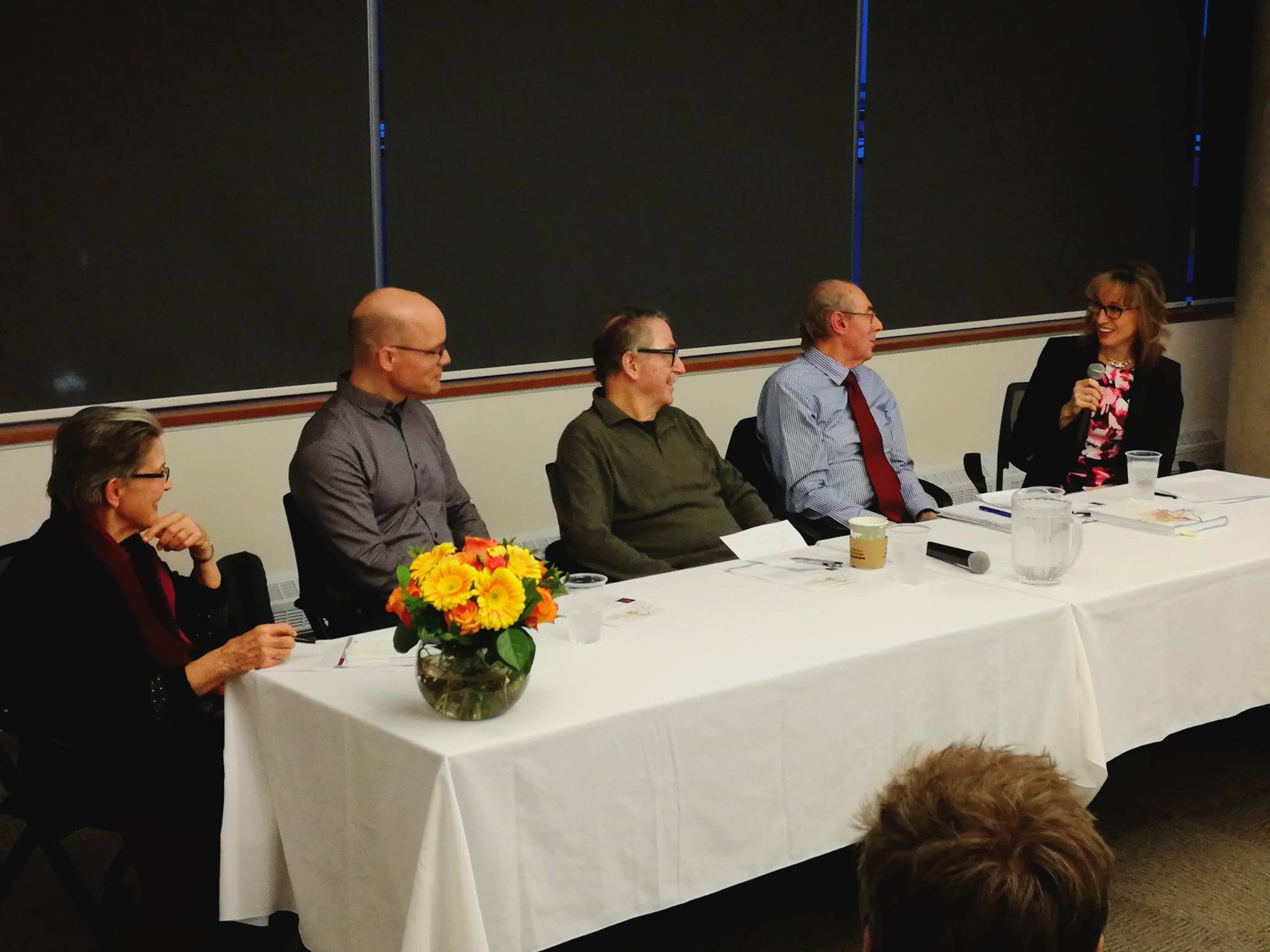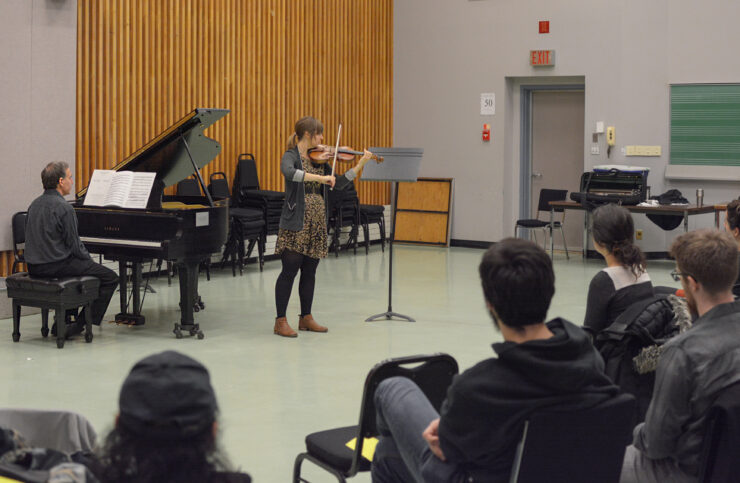Monica Gattinger looks at historic achievements, future goals of arts organizations
A policy professor at the University of Ottawa has recently written a definitive book on the first 60 years of the Canada Council for the Arts.
Monica Gattinger is the director of the Institute for Science, Society, and Policy at the U of O, an associate professor in the political science department, and sits on the editorial board of the U of O Press. The book, The Roots of Culture, the Power of Art, discusses the establishment of the Council in 1957, sharing that its mandate has remained relatively stable—to support the creation of new art in Canada by Canadians, and to help get an audience to that art.
“The Canada Council of the Arts is the federal government’s arts-granting agency, the largest arts-granting agency at the federal level. What it does is it supports artistic creation of professional artists and also the work of arts organizations,” said Gattinger, who has been fascinated with cultural policy since her doctoral thesis.
The Council was created in the wake of the 1951 Massey Report, which found that Canada had a stunning lack of cultural production and art at the time. The report recommended immediate action to produce and support Canadian art.
“The mandate has remained remarkably stable,” Gattinger said. “There’s a piece of legislation that creates the Canada Council, and that mandate says ‘Thou shalt support the creation of artistic works’ but it also says that the organization should stimulate the study of an enjoyment of the arts.”
The Canada Council still supports the creation of art, but is now investing more time and money into getting citizens out and enjoying those artistic works. As technology continues to disrupt the old model of creating, viewing, and enjoying art, the Canada Council must work to keep up with these advancements.
“You don’t need to go to a museum to see a great work of art,” Gattinger said of the role technology has in the dissemination of art. “You don’t need to have a formal organization that is the gatekeeper of the creation of artistic content. You just create your own stuff and put it on YouTube … there’s a tremendously different context now for arts organizations and I think that’s one of the areas going forward that arts organizations are going to navigate going forward.”
The book, lavishly produced by McGill-Queen’s University Press, is part academic work, part accessible read, and part coffee-table book. Gattinger ensured that while the book dealt with some complex policy, it would also be easy to read, and aesthetically pleasing.
Gattinger is not just interested in the Council for its artistic achievements, but in its position within the government and cultural policy. Recently, organizations that promote domestic art, like the Council, have come under fire from the World Trade Organization as being anti-trade liberalization. But within the country, there are nuanced issues too.
“How do you put in place these arms-length organizations that are still going to be responsive to what government priorities are, but still assure that you have max creative freedom,” Gattinger gave as just one example of the complex position of the Canada Council.
The government cannot control the art that is created, but it does support it financially. The current Liberal government doubled the Council’s budget to about $360 million a year.
The book looks back on the first 60 years of the Canada Council, but Gattinger also focuses on the future of arts organizations in Canada. She is forgoing a traditional book launch in favour of a panel discussion by experts, some past directors of the Canada Council, all involved heavily in arts organizations. Her first panel was held at the U of O on Jan. 18 .
The Roots of Culture, the Power of Art is available now in the University of Ottawa bookstore.





